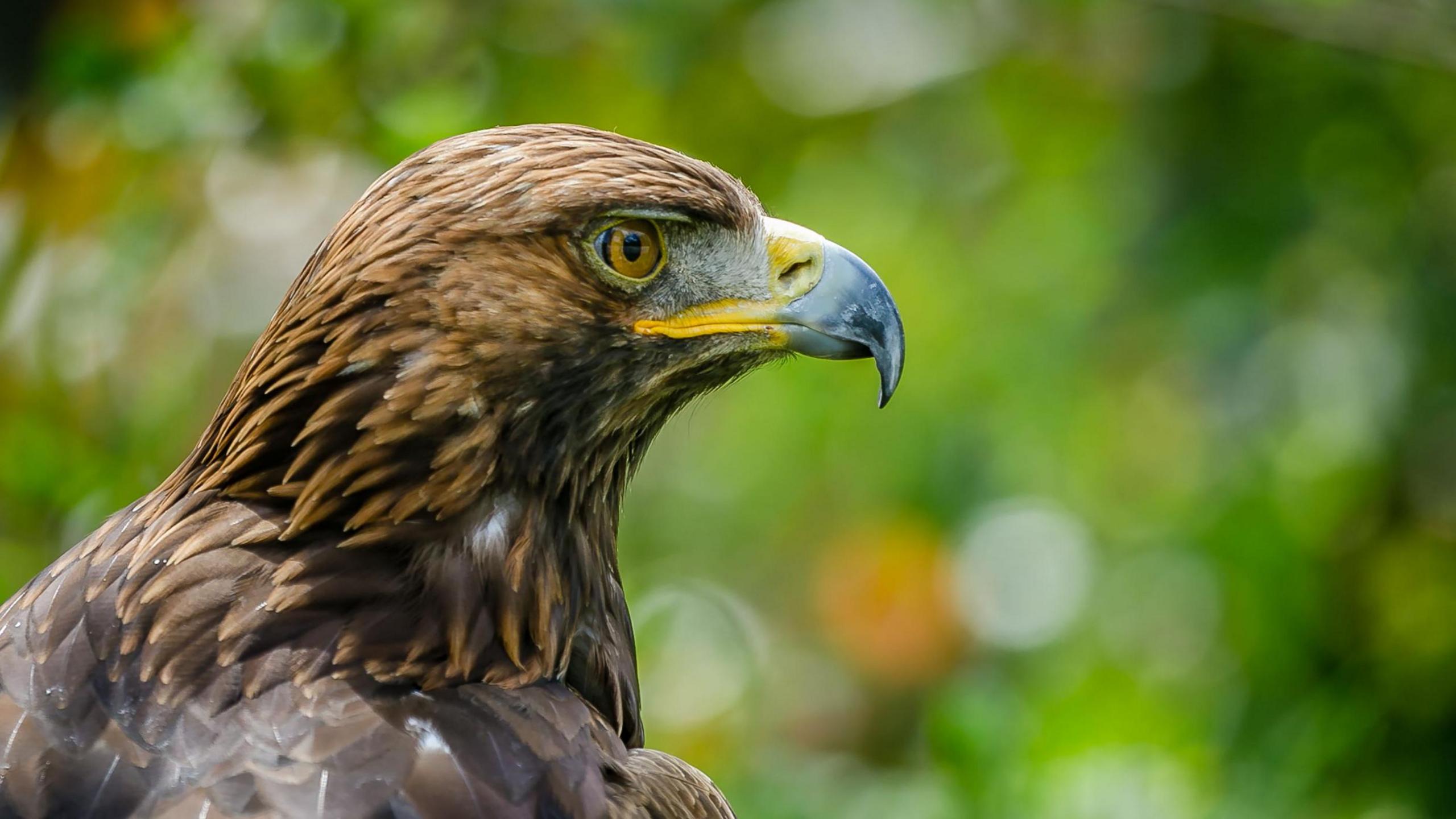Runways help UK's biggest birds take flight

Common cranes prefer landing and taking off in open areas
- Published
Specially designed "runways" have been installed to help the UK’s tallest birds safely take flight from a nature reserve.
The RSPB's Lakenheath Fen site in Suffolk has been home to common cranes since 2007, providing the perfect spot for the hatching of 24 chicks.
Four large areas measuring about 5m (16.4ft) wide by 10m (32.8ft) long have now been cut out of the wetland’s reedbed help the birds take off and land safely.
The strips are used by the cranes in a similar way to airport runways during the spring and summer months and help to prevent them from catching their 1m (3.3ft) wings on the reeds.
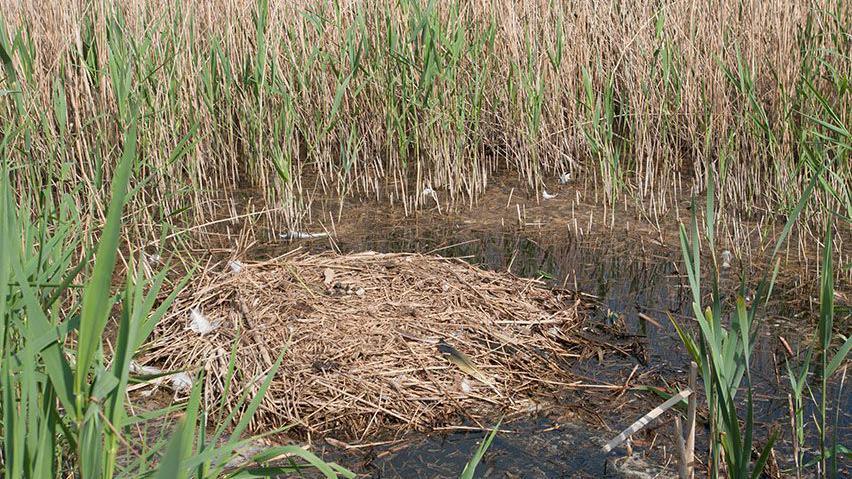
The common cranes like to take off and land close to their nests
This year three pairs of the species have nested at the 90-hectare nature reserve, resulting in three chicks being successfully hatched before taking to the skies.
Dave Rogers, site manager at RSPB Lakenheath Fen said: "The creation of runways has proven to be a simple yet effective way to encourage cranes to return each year.
"Our nature reserve was originally designed to provide a safe home for species that favour living in reedbed.
"We are overjoyed when we see that work paying off, with young cranes successfully fledging year after year."
During the past 18 years the reedbed has grown and spread through much of the shallow water areas where cranes land, resulting in the need for the vegetation to be cut back.
Cranes naturally prefer landing and taking off in open areas near their large nests and they carefully look around to make sure there are no predators nearby.
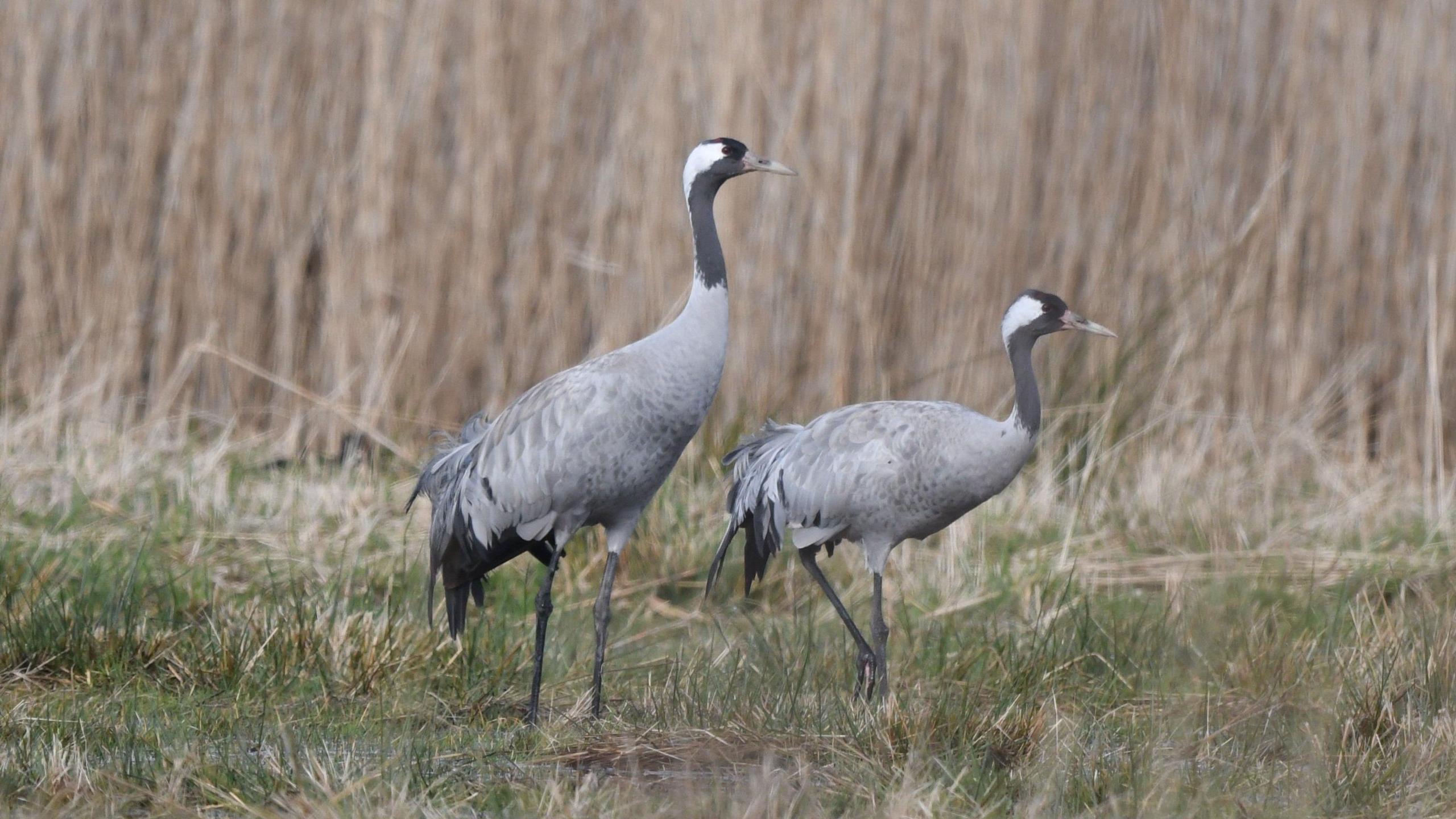
The Common Crane is recognisable for their light grey body plumage and darker grey wing tips
Then when they feel it is safe, they quietly sneak through the reedbed to their nests to incubate their eggs and will roost there overnight with their chicks.
And their approach to avoiding predators is clearly working. In 2023, for example, the number of breeding pairs in the UK was 80, an increase of eight compared to 2021.
Cranes are most visible at the reserve during February and March when they are displaying to their partners and marking out their breeding territories.
The charismatic and distinctive birds, which can stand anywhere up to 1.2m (3.9ft) , recognisable for their light grey body plumage and darker grey wing tips.
They also have a long slender neck leading to a black and white patterned head – topped off by a vibrant patch of bare, red skin on their crown.
"We can guarantee that if you are lucky enough to spot them, seeing your first crane in the wild is a moment you will never forget," Mr Rogers said.
LISTEN: Cranes cleared to land at Lakenheath
Get in touch
Do you have a story suggestion for Suffolk?
Follow Suffolk news on BBC Sounds, Facebook, external, Instagram, external and X, external.
Related topics
- Published3 July 2024
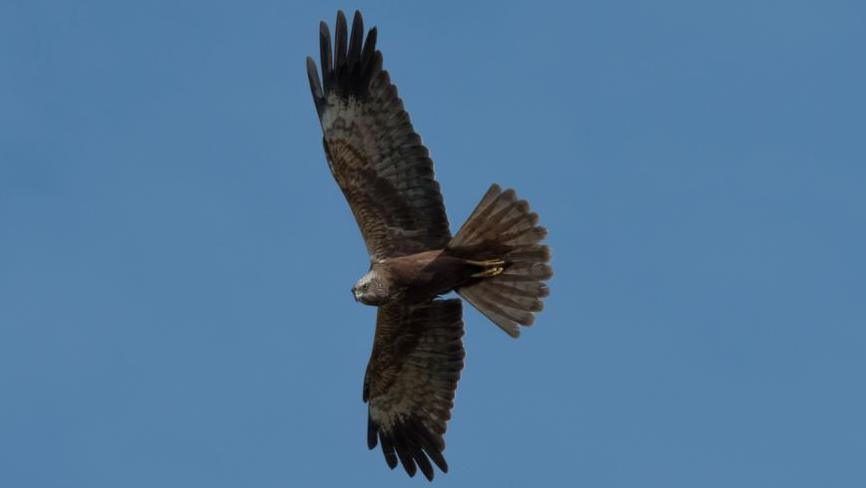
- Published16 November 2024
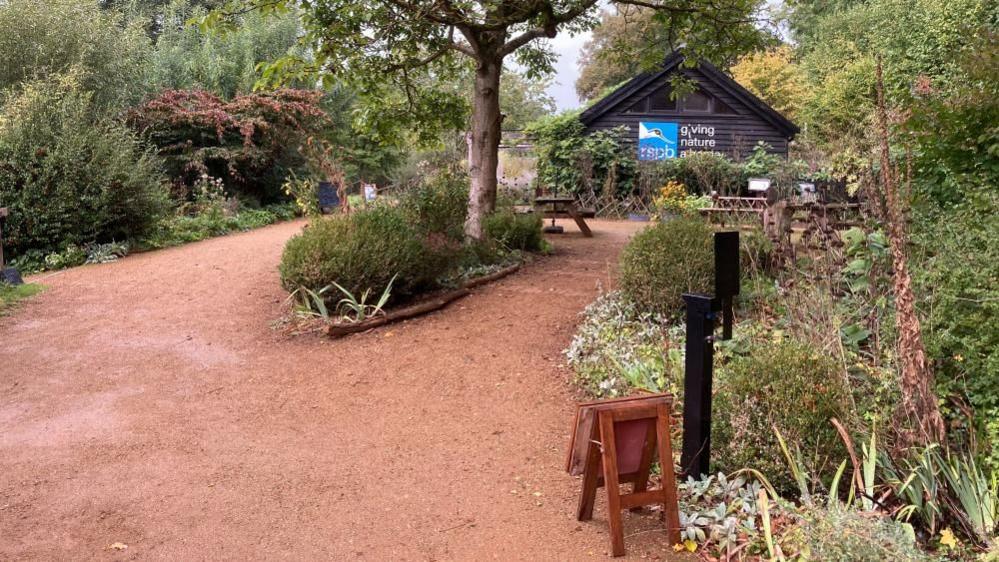
- Published23 October 2024
